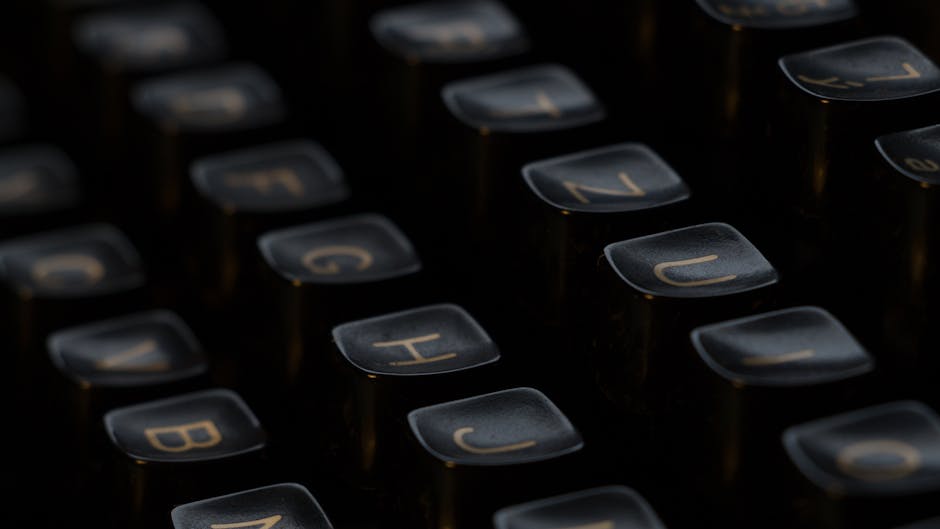The Arabic Alphabet in Historical Texts: An Analysis
Welcome to an exploration of the Arabic alphabet! 📜 In this blog post, we’ll dive into the fascinating world of historical texts and uncover the role and evolution of the Arabic script. Whether you’re a linguistics enthusiast or just curious about the roots of this beautiful language, you’re in the right place!
Table of Contents
- Introduction
- The Origins of the Arabic Alphabet
- Arabic Script in Ancient Manuscripts
- The Evolution of the Script Over Time
- The Cultural Impact of the Arabic Script
- Conclusion
- FAQ
The Origins of the Arabic Alphabet
The Arabic alphabet has a rich history that dates back to the 4th century CE. It evolved from the Nabataean script, which itself was derived from the Aramaic alphabet. This ancient script was widely used in inscriptions across the Arabian Peninsula. Interestingly, the Arabic alphabet we know today is known for its distinctive cursive style, which is both functional and aesthetically pleasing.
Arabic Script in Ancient Manuscripts 📚
One of the most exciting aspects of the Arabic alphabet is its presence in ancient manuscripts. These texts provide a window into the past, showcasing the script’s use in religious, scientific, and literary works. The Quran, for instance, is one of the most renowned texts written in Arabic, highlighting the importance of the script in Islamic culture.
Beyond religious texts, Arabic manuscripts include works on medicine, astronomy, and philosophy, reflecting the golden age of Islamic civilization when scholars made significant contributions to various fields of knowledge.
The Evolution of the Script Over Time ⏳
As with any living language, the Arabic script has evolved over the centuries. Initially, the script had no dots or diacritical marks, which could lead to ambiguities in pronunciation. However, as the need for clarity grew, these features were introduced, enhancing the script’s precision and readability.
Moreover, different regions developed their own styles of writing, known as calligraphy styles, such as Naskh, Kufic, and Thuluth. Each style is unique, with varying degrees of complexity and ornamentation.
The Cultural Impact of the Arabic Script 🌍
The Arabic script has significantly impacted cultures around the world. It’s not just a means of communication but also an art form. Arabic calligraphy is celebrated for its beauty and intricacy, often adorning mosques, palaces, and artworks.
Moreover, the script’s influence extends beyond the Arab world. Several other languages, such as Persian, Urdu, and Pashto, use adaptations of the Arabic script, demonstrating its far-reaching cultural significance.
Conclusion
The Arabic alphabet is more than just a set of letters—it’s a bridge connecting past and present, a tool for sharing knowledge, and a canvas for artistic expression. Its historical journey is a testament to human creativity and adaptability. Whether you’re studying it for academic purposes or appreciating its artistry, the Arabic script offers a rich tapestry of stories and insights.
FAQ
1. Why does the Arabic script look different in various texts?
The Arabic script has several calligraphy styles, each with distinct characteristics. These styles evolved over time and vary by region and purpose, contributing to its diverse appearances.
2. How did the Arabic script influence other languages?
Several languages, such as Persian and Urdu, adopted the Arabic script due to historical, cultural, and religious influences, adapting it to suit their phonetic needs.
3. Are there any modern uses of ancient Arabic scripts?
Yes! Modern calligraphers and artists often draw inspiration from ancient scripts, incorporating them into contemporary artworks and designs, keeping the tradition alive and vibrant.
4. How can I learn more about Arabic calligraphy?
Many resources are available online, including tutorials, courses, and books. Additionally, visiting exhibitions or workshops can provide hands-on experience and deeper insights.
We hope this post has sparked your interest in the historical wonders of the Arabic alphabet. Feel free to leave your thoughts or questions in the comments below! 😊






